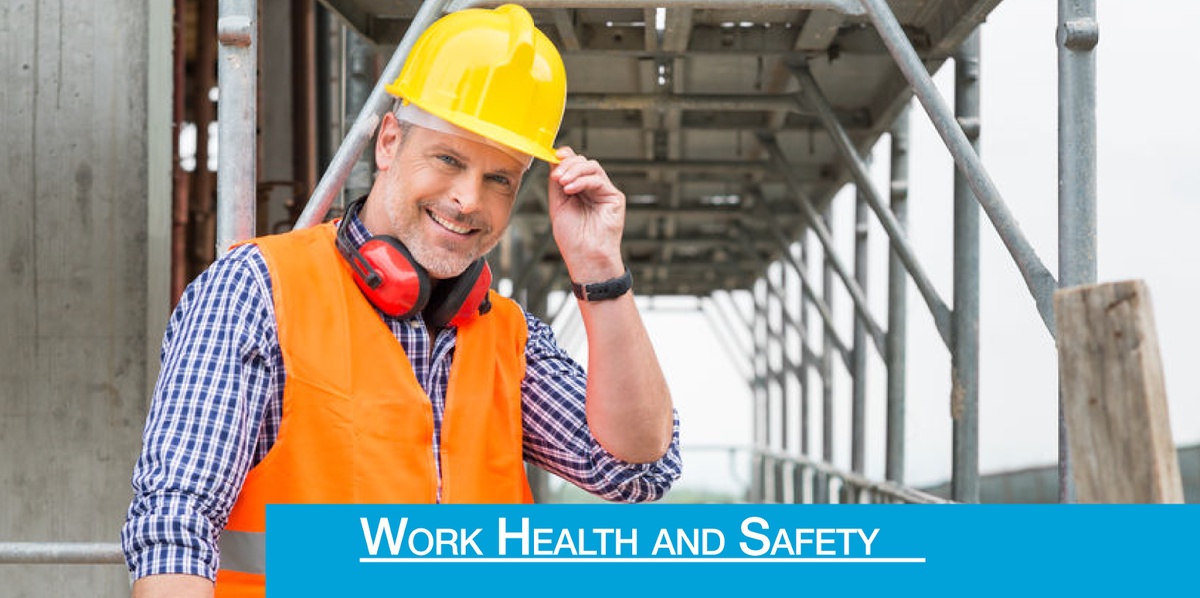In any workplace, particularly in industries involving manual labor and heavy lifting, the risk of back injuries is a significant concern. Back injuries not only cause physical pain and discomfort but also lead to lost productivity, increased healthcare costs, and even long-term disability for workers. As a Safety Officer, it is imperative to understand the risks associated with heavy lifting and material handling and implement preventive measures to ensure the well-being of employees.
Understanding the Risks
Heavy lifting and improper material handling techniques can put immense strain on the muscles, ligaments, and discs of the spine, leading to acute or chronic back injuries. Factors such as lifting heavy objects, repetitive movements, poor posture, inadequate training, and lack of ergonomic equipment contribute to the risk of injury.
Importance of Safety Officer Course in Injury Prevention
A comprehensive Safety Officer Course equips professionals with the knowledge and skills necessary to identify potential hazards, assess risks, and implement effective safety protocols. By understanding the principles of ergonomics, proper lifting techniques, and workplace safety regulations, Safety Officers can proactively mitigate the risk of back injuries among workers.
Ergonomic Work Environment
Creating an ergonomic work environment is essential for preventing back injuries. This includes providing ergonomic tools and equipment such as lifting aids, adjustable workstations, and supportive seating. Safety Officers should conduct regular ergonomic assessments to identify areas for improvement and implement ergonomic solutions to reduce strain on the back during lifting and material handling tasks.
Proper Lifting Techniques
Safety Officer Courses emphasize the importance of teaching employees proper lifting techniques to minimize the risk of back injuries. Some key principles include:
- Maintain a Neutral Spine: Encourage employees to keep their back straight and avoid excessive bending or twisting while lifting.
- Bend at the Knees: Instruct workers to bend their knees and use the muscles in their legs to lift objects, rather than relying solely on their back muscles.
- Keep Loads Close to the Body: Advise employees to keep the load close to their body to reduce the strain on their back muscles.
- Avoid Overexertion: Encourage workers to know their limits and ask for assistance when lifting heavy or awkwardly shaped objects.
Training and Education
Safety Officer Courses play a crucial role in providing workers with the necessary training and education to prevent back injuries. Training sessions should cover topics such as proper lifting techniques, hazard awareness, ergonomics, and the importance of maintaining overall physical health. By investing in ongoing education and training, organizations can empower employees to make safer choices in the workplace.
Implementing Safety Protocols
As a Safety Officer, it is essential to develop and implement comprehensive safety protocols specific to heavy lifting and material handling tasks. This includes establishing clear procedures for lifting, transporting, and storing objects safely. Additionally, Safety Officers should regularly inspect work areas for potential hazards and ensure that proper safety measures are in place to protect workers from back injuries.
Promoting a Culture of Safety
Safety Officer Courses instill a culture of safety within organizations by emphasizing the importance of prioritizing employee well-being. Safety Officers should actively promote safety awareness initiatives, encourage open communication about safety concerns, and recognize and reward employees who demonstrate safe work practices. By fostering a culture of safety, organizations can create an environment where preventing back injuries is everyone's responsibility.
Conclusion
Preventing back injuries during heavy lifting and material handling requires a proactive approach that prioritizes safety at every level of an organization. Safety Officer Courses provide professionals with the knowledge and tools necessary to identify risks, implement preventive measures, and promote a culture of safety in the workplace. By investing in safety training, ergonomic solutions, and comprehensive safety protocols, organizations can reduce the incidence of back injuries and create a safer and healthier work environment for all employees.


No comments yet